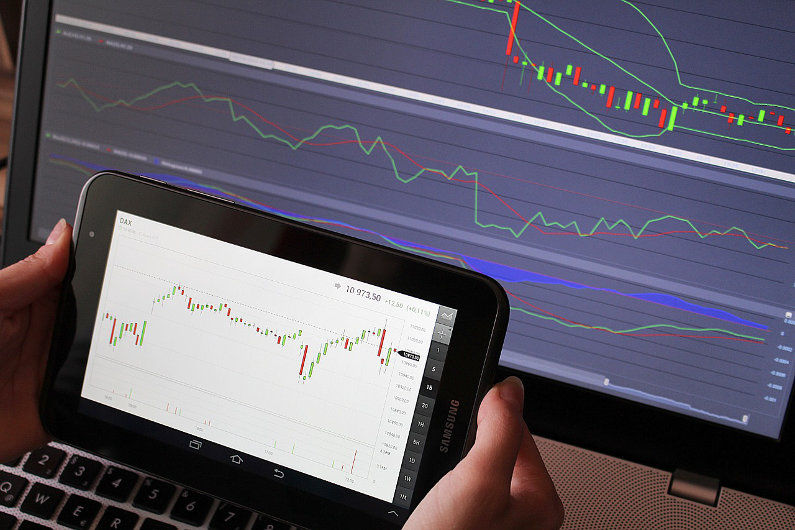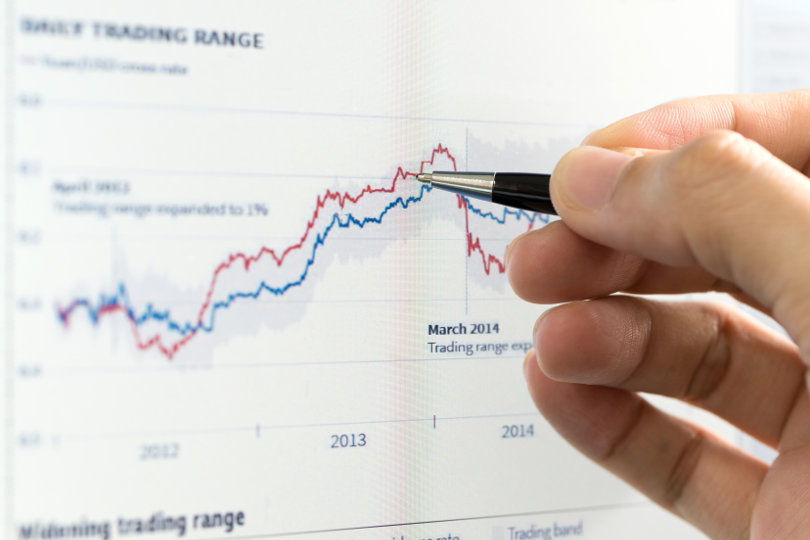Contract for Differences (CFD) is a method of trading where you trade the futures contract. Instead of delivering the securities, it gets settled in cash. Thus, you don’t own an asset or product; instead, hold a speculative position about its future value. It can be a profitable trading method as you have to pay a minimal amount of money with the potential of multifold gains. You can also maximise returns with leverage.

Unfortunately, CFD trading is a two-way sword. You can lose as much as you can gain. You can even lose more than your capital invested. It’s not a joke that up to 79.8% of CFD accounts lose money. Anyways, to help you avoid falling victim to the same traps, we discuss the most common risks associated with trading CFDs below.
Lack of strict regulation
There are no strict regulations in CFD trading. The provider gets to choose how much they can take from your investment as a margin payment for the market. If there are multiple members involved in the acquisition, and your investment is lower than others, you might be overrun by their assets and turn out empty-handed in the end.
As the regulations are loose, the provider is not responsible for anything that happens with the investment. You have to speculate the market by yourself and keep track of everything.
Additional margin requirements
One of the riskiest parts of CFD trading is the supercharged volatility. As it is a leveraged product, a slight change in the valuation can cause a massive shift in the value of your holdings. When an unexpected event has an adverse effect on your position, the trade maker may ask for more capital in margin payments. If the holder can’t pay the margin, the broker may close the position at a loss. Besides, as you don’t own the asset or product, there is no reliability. Even when the liquidity drops, you may end up losing all your investment.

Supercharged volatility
CFDs are very elastic instruments where price changes very rapidly, thanks to high leverage. Therefore, a slight delay in opening a position may get you stuck at a price you didn’t want. Moreover, during execution, if the underlying asset price (i.e. stocks, currencies) is too high or too low, you may not have enough margin at hand to cover. That way, the volatility that was supposed to earn you a significant return in a short period may actually make you poorer in double-quick time.
Enough with the doom and gloom. There are many great reasons why so many people are excited about trading CFDs. The possibility of substantial return via a small investment certainly sounds like a great deal! So, all you have to do is learn the risks in minute details, be aware of them while making trade decisions, and set realistic goals; the rest should be fine. Also, start slow and always invest only the amount you can afford to lose in its entirety.


